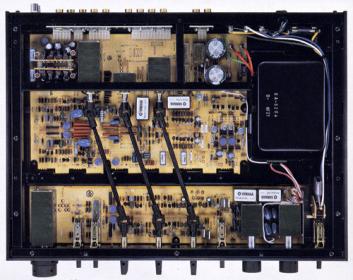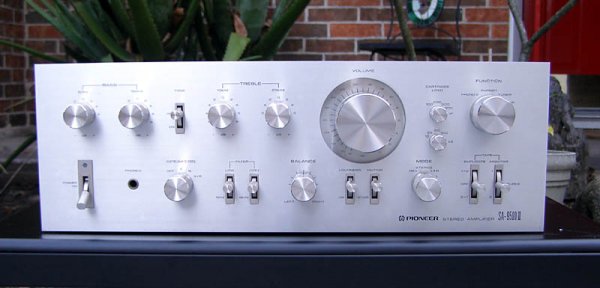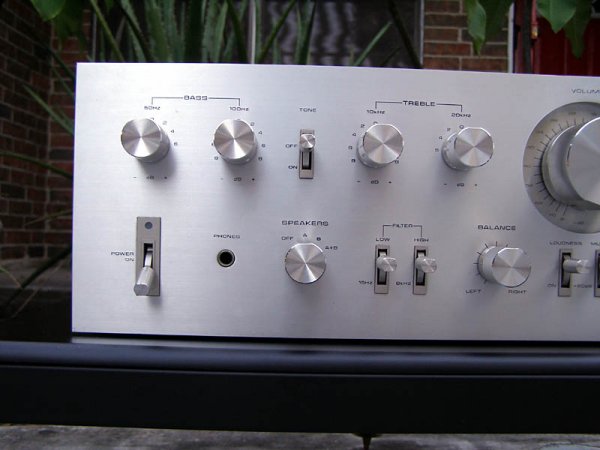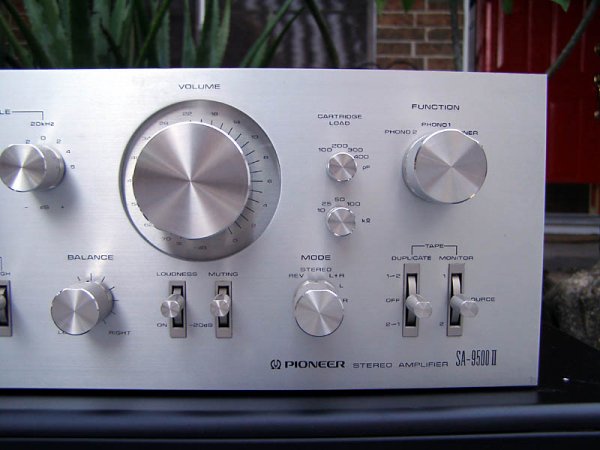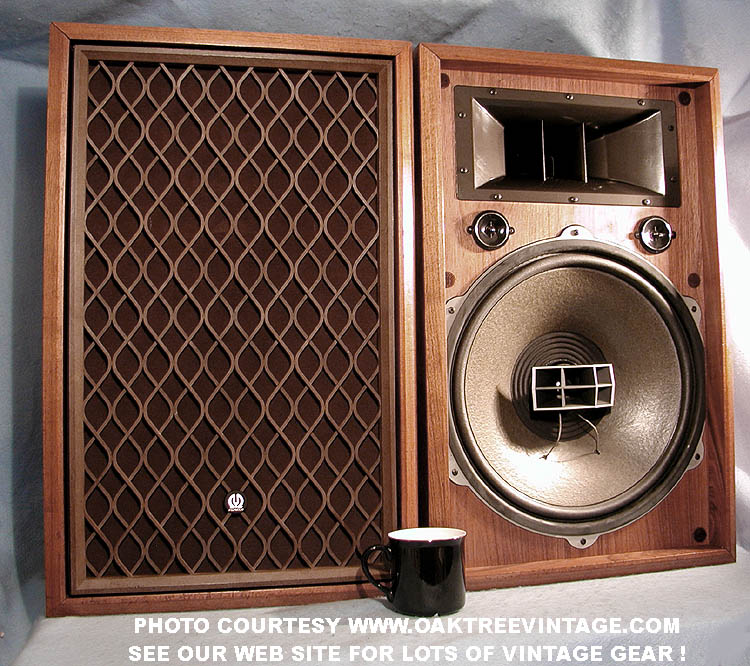Hi
I am wondering if we haven't been unfair to the components produced during the 70's. Especially the Japanese components.
Millions were invested to produce superior components (the Japanese companies in particular) For a long time they were derided by audiophiles... I am beginning to think however that we may have been prejudiced toward these.
For example Technics and Denon TT are highly sought after. The SP-10 and DP-67003(?) are researched actively by enthusiasts... let’s not even talk about the fabulous Nakamichi TX-1000, which remains pretty unique to this day, addressing a serious problem no current TT does (that of the off-center records, more common than one thinks). I am reading through the Internet that the Yamaha TTS were also very good and in demand right now... Each of these companies produced also a good number of MC cartridges.
The Technics RS-1500 RTR is very loved by R2R amateurs, so are the Teac and Pioneer.
We haven’t yet talked about some stalwart of Japanese SS equipment, namely the Luxman, Accuphase, Pioneer, Sony, Tehcnics, Sansui and Yamaha.
Recently a member here, mep, found the Yamaha C2 if not great was a very decent preamplifier... Enough to satisfy the previous owner of a Counterpoint SA 5.1 preamp!
The Studer A810 (or is it 820) used by our own Steve Williams for a while with stock electronics and with excellent results
Were these uniformly bad? How would they sound with today’s speakers? How would we coerce good sound from these? Back in the 70’s, 80’s we knew nothing of room interaction. Oh Yea a few luminaries would talk about Room Treatments but they were largely and roundly ignored. We went into tweaking, into cables and euphonic equipments before we start addressing the room problems and even today many an audiophile look at room treatments as a second thought, many would claim the solution worse than the problem!!!
What are your thoughts? Experiences? Advices? Opinions?
I am wondering if we haven't been unfair to the components produced during the 70's. Especially the Japanese components.
Millions were invested to produce superior components (the Japanese companies in particular) For a long time they were derided by audiophiles... I am beginning to think however that we may have been prejudiced toward these.
For example Technics and Denon TT are highly sought after. The SP-10 and DP-67003(?) are researched actively by enthusiasts... let’s not even talk about the fabulous Nakamichi TX-1000, which remains pretty unique to this day, addressing a serious problem no current TT does (that of the off-center records, more common than one thinks). I am reading through the Internet that the Yamaha TTS were also very good and in demand right now... Each of these companies produced also a good number of MC cartridges.
The Technics RS-1500 RTR is very loved by R2R amateurs, so are the Teac and Pioneer.
We haven’t yet talked about some stalwart of Japanese SS equipment, namely the Luxman, Accuphase, Pioneer, Sony, Tehcnics, Sansui and Yamaha.
Recently a member here, mep, found the Yamaha C2 if not great was a very decent preamplifier... Enough to satisfy the previous owner of a Counterpoint SA 5.1 preamp!
The Studer A810 (or is it 820) used by our own Steve Williams for a while with stock electronics and with excellent results
Were these uniformly bad? How would they sound with today’s speakers? How would we coerce good sound from these? Back in the 70’s, 80’s we knew nothing of room interaction. Oh Yea a few luminaries would talk about Room Treatments but they were largely and roundly ignored. We went into tweaking, into cables and euphonic equipments before we start addressing the room problems and even today many an audiophile look at room treatments as a second thought, many would claim the solution worse than the problem!!!
What are your thoughts? Experiences? Advices? Opinions?



